 Evin Craney sat down with Beer & Brewer to reflect on his decade-long career in independent beer and highlight the initiatives he's driving forward as IBA Chair.
Evin Craney sat down with Beer & Brewer to reflect on his decade-long career in independent beer and highlight the initiatives he's driving forward as IBA Chair.  Evin Craney sat down with Beer & Brewer to reflect on his decade-long career in independent beer and highlight the initiatives he's driving forward as IBA Chair.
Evin Craney sat down with Beer & Brewer to reflect on his decade-long career in independent beer and highlight the initiatives he's driving forward as IBA Chair.  Close to 55,000 consumers voted in the latest GABS Hottest 100 poll, and Mountain Culture’s Status Quo Pale Ale came out on top again.
Close to 55,000 consumers voted in the latest GABS Hottest 100 poll, and Mountain Culture’s Status Quo Pale Ale came out on top again. 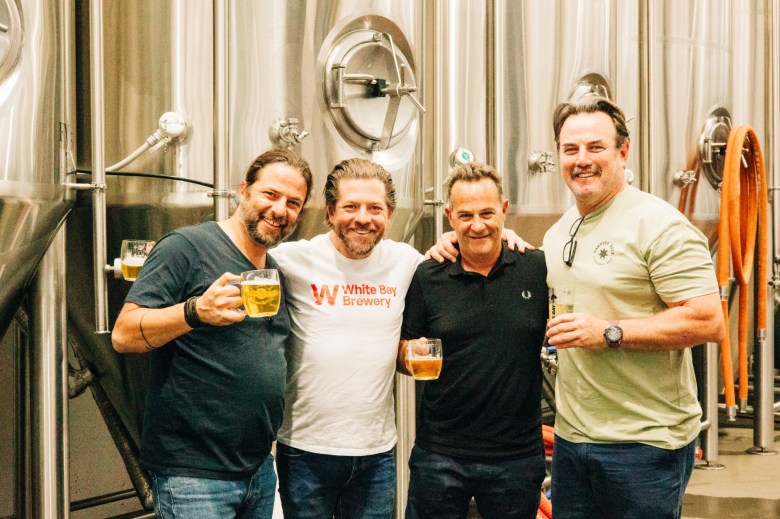 The newly-established entity allows the breweries to scale while maintaining their independence, led by industry veteran and CEO Judd Michel.
The newly-established entity allows the breweries to scale while maintaining their independence, led by industry veteran and CEO Judd Michel. 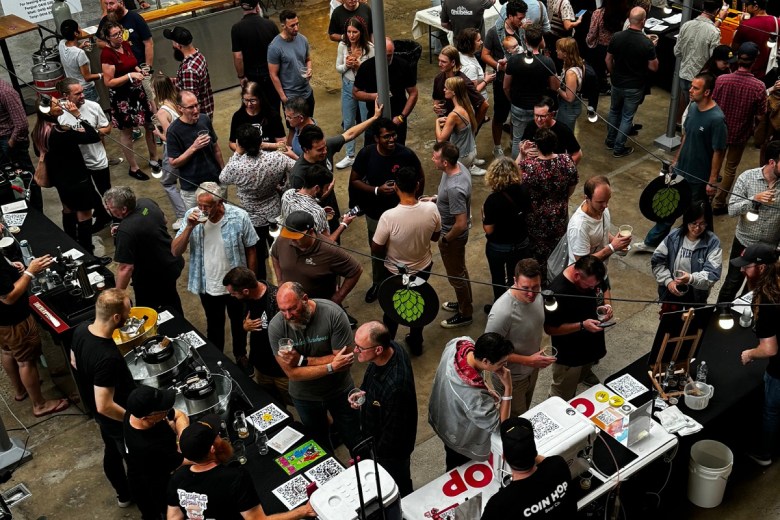 Aspiring brewers will showcase their creations at Frenchies Bistro & Brewery for a day of tastings, voting and more.
Aspiring brewers will showcase their creations at Frenchies Bistro & Brewery for a day of tastings, voting and more.  Independent WA craft brewery, Beerfarm, is building a new brewery and taphouse on the NSW Central Coast.
Independent WA craft brewery, Beerfarm, is building a new brewery and taphouse on the NSW Central Coast. 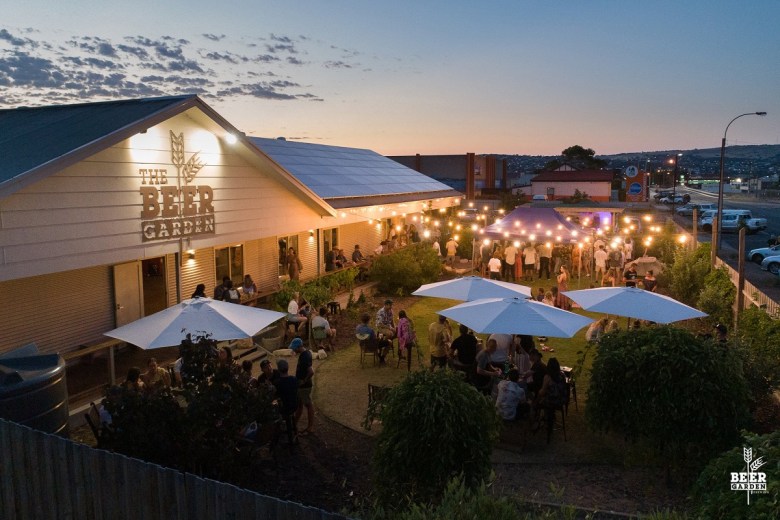 Alice Springs Brewing Co is taking its first step outside the NT with the acquisition of SA's Beer Garden Brewing.
Alice Springs Brewing Co is taking its first step outside the NT with the acquisition of SA's Beer Garden Brewing. 
 The brewery will be celebrating the milestone limited release with a complimentary tasting, including other new beers, on 29 August.
The brewery will be celebrating the milestone limited release with a complimentary tasting, including other new beers, on 29 August. 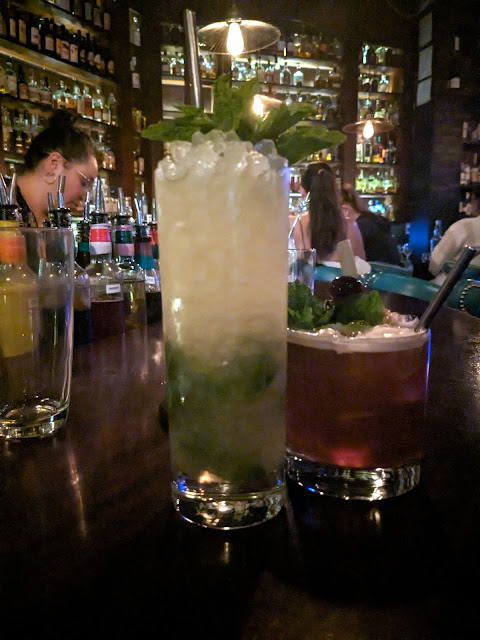
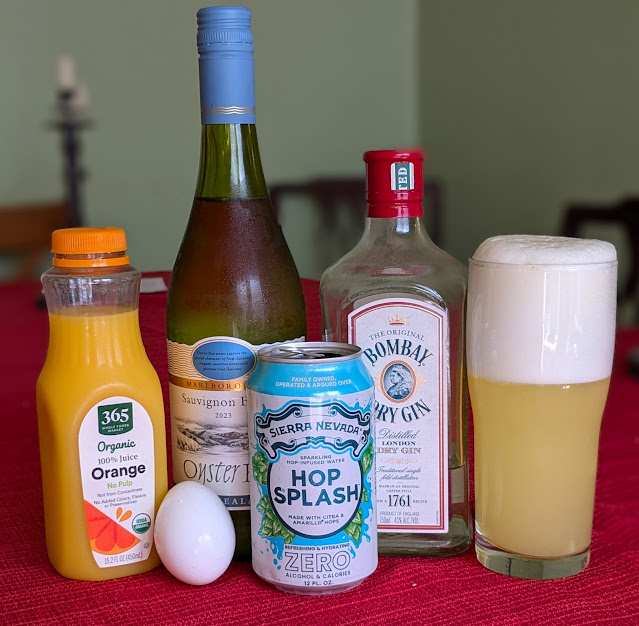
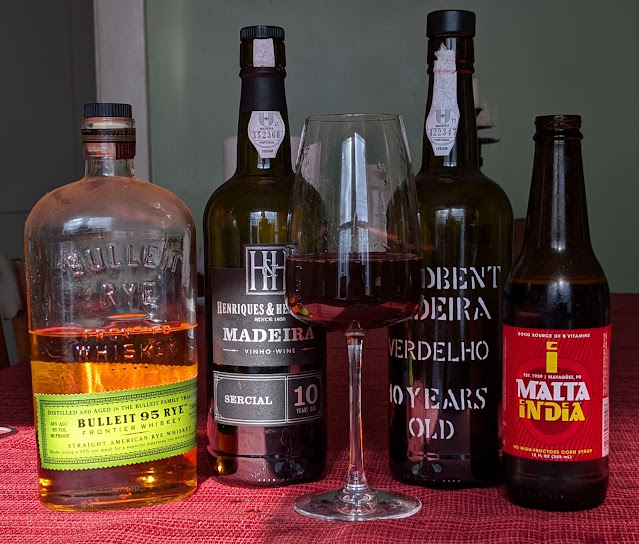
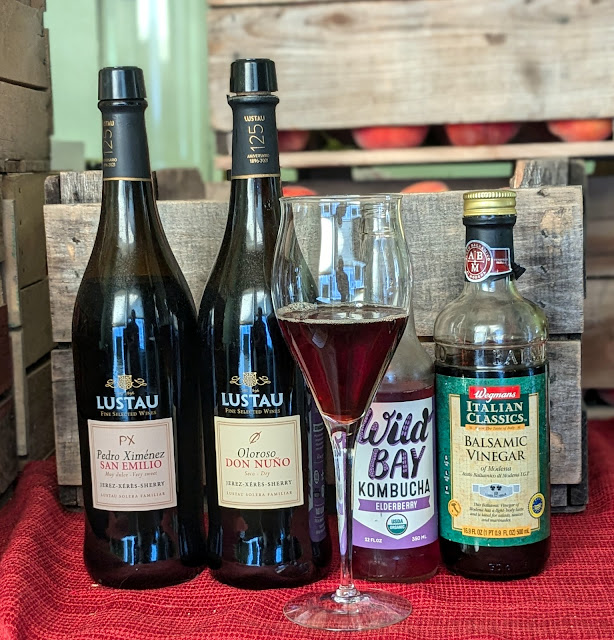
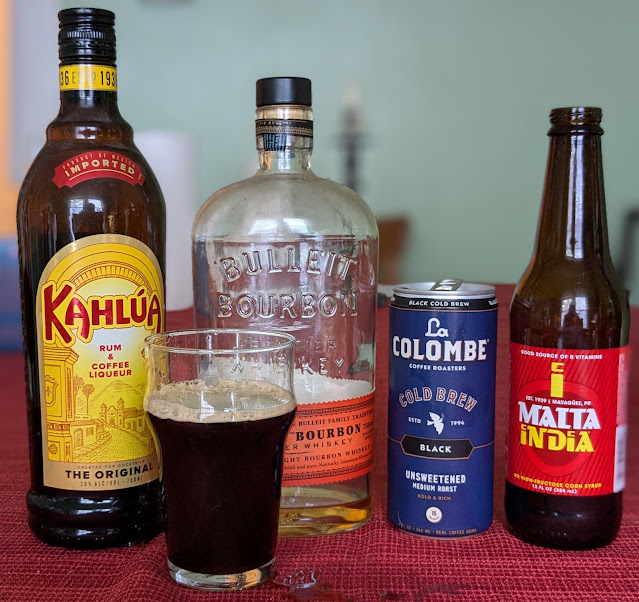
 From Irish stout to hazy pale ales, Beer & Brewer rounds up the best non-alcoholic beers for Dry July.
From Irish stout to hazy pale ales, Beer & Brewer rounds up the best non-alcoholic beers for Dry July. 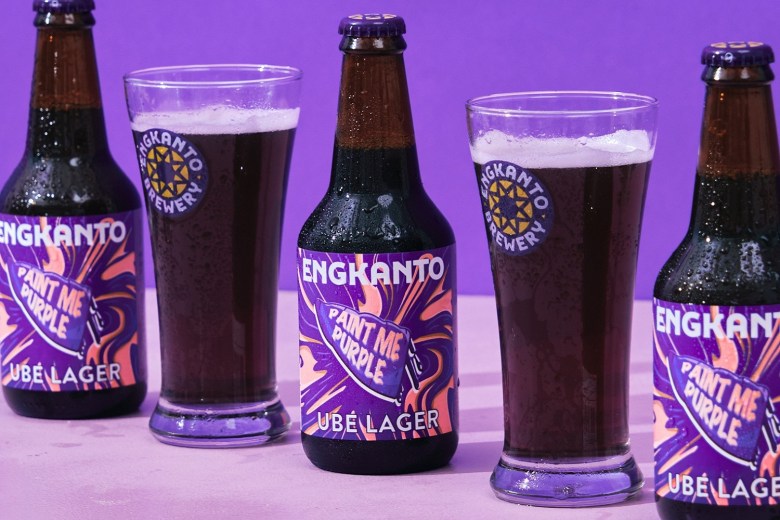 Engkanto craft beers that are made from 100 per cent all-natural, raw materials including locally sourced, native ingredients to The Philippines.
Engkanto craft beers that are made from 100 per cent all-natural, raw materials including locally sourced, native ingredients to The Philippines. 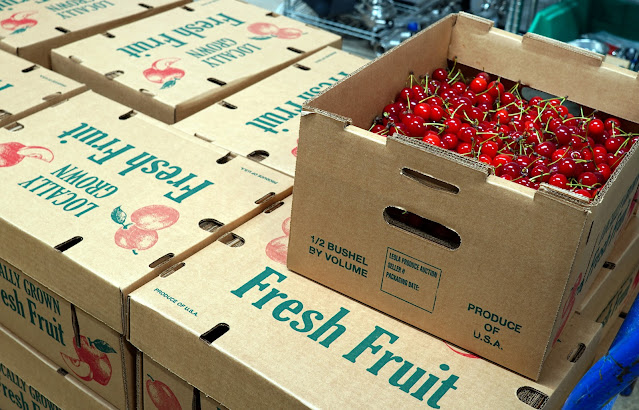
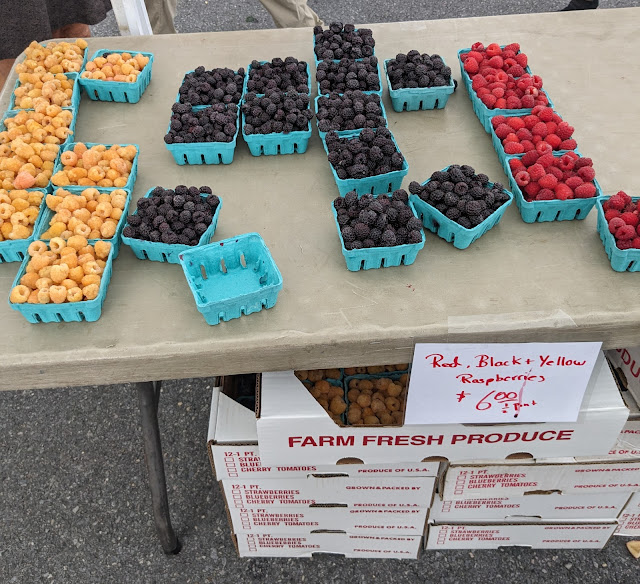
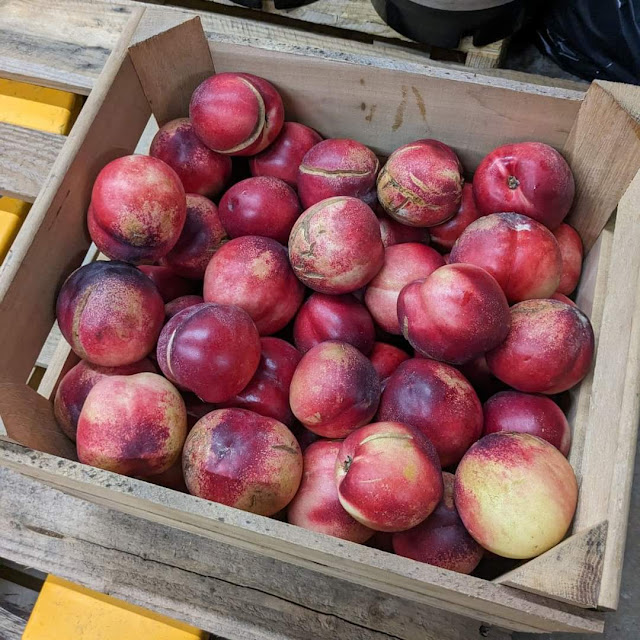
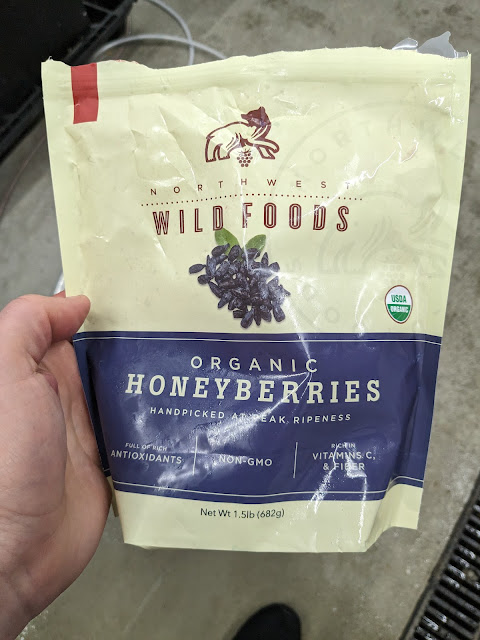
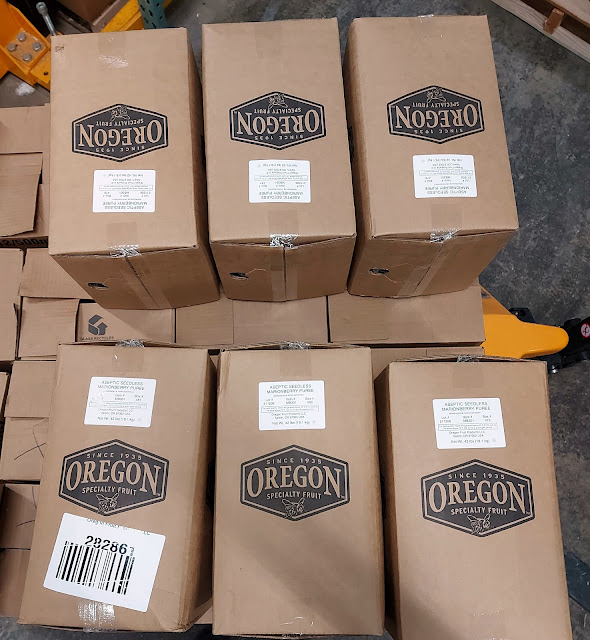

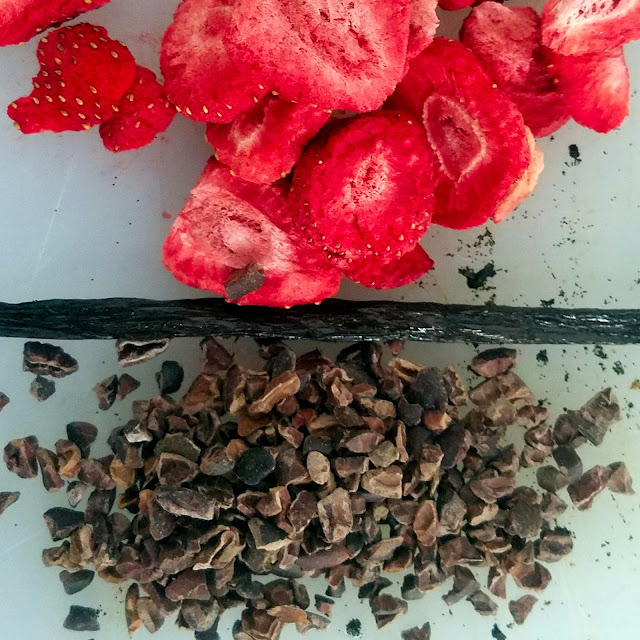

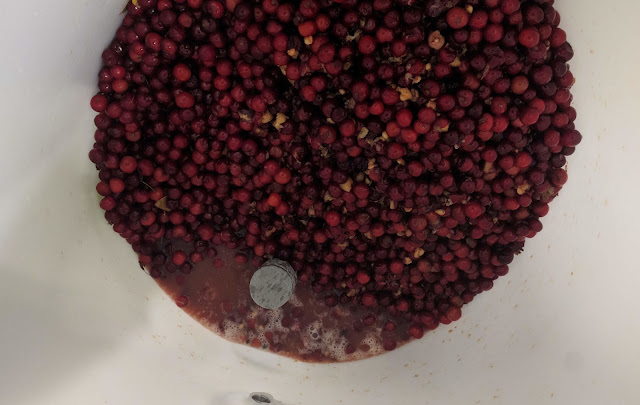


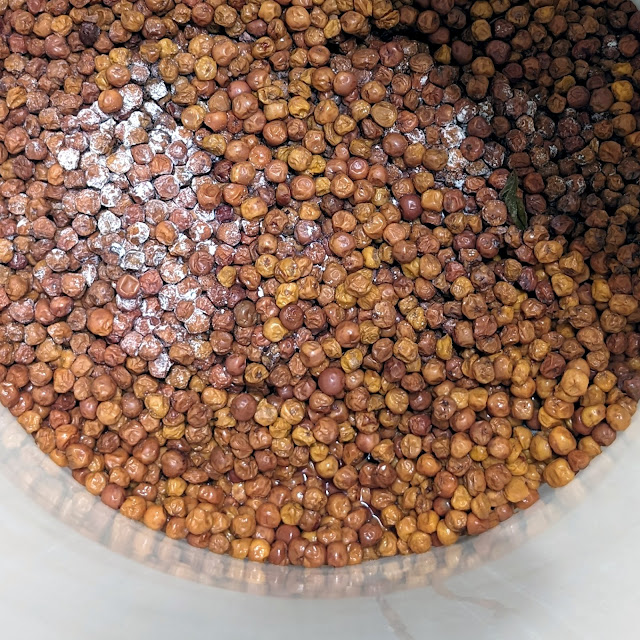
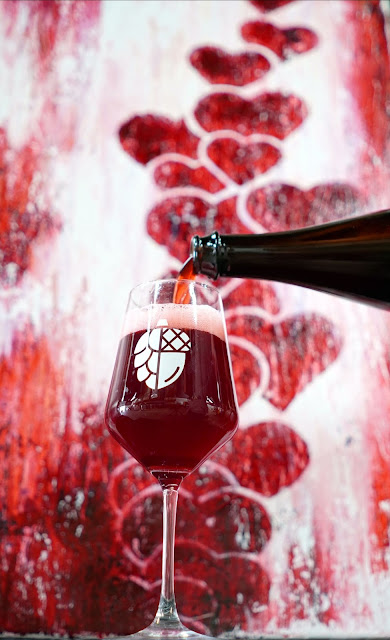
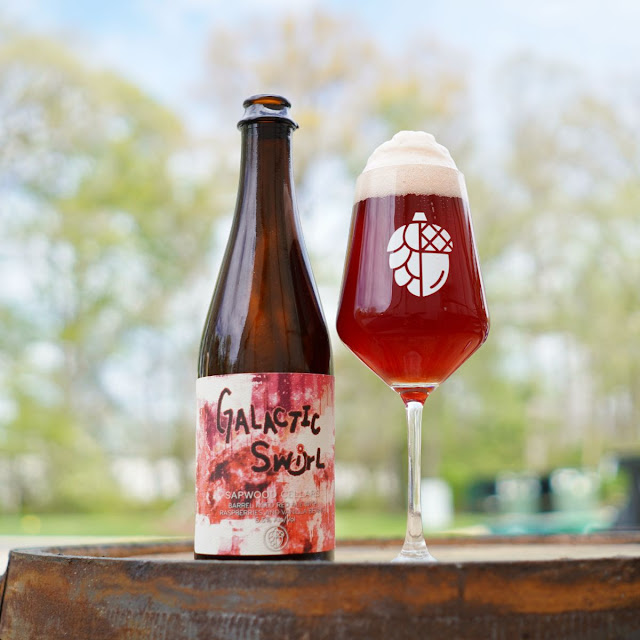
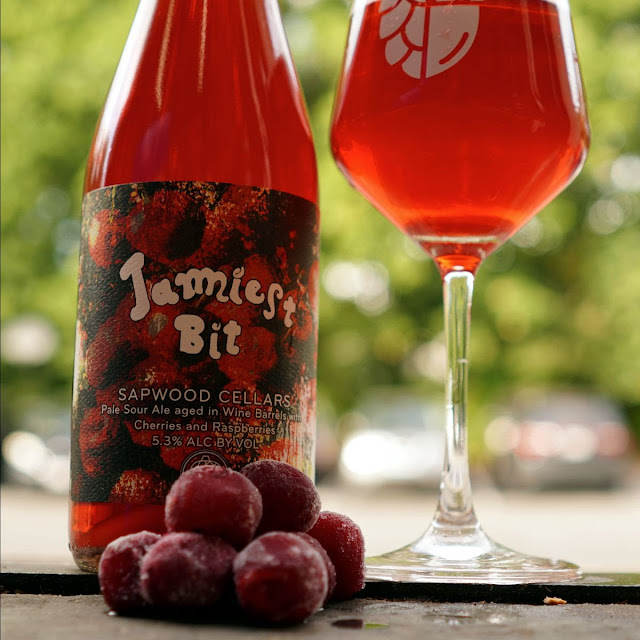
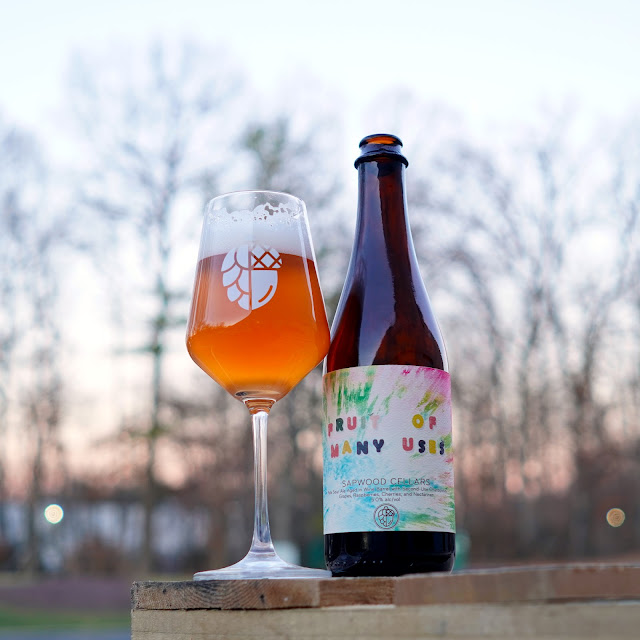
 A group of previous investors and passionate supporters have banded together to buy the Gold Coast brewery.
A group of previous investors and passionate supporters have banded together to buy the Gold Coast brewery. 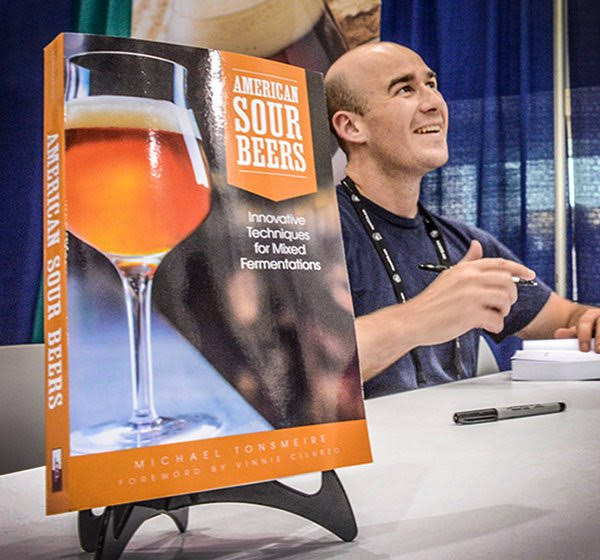
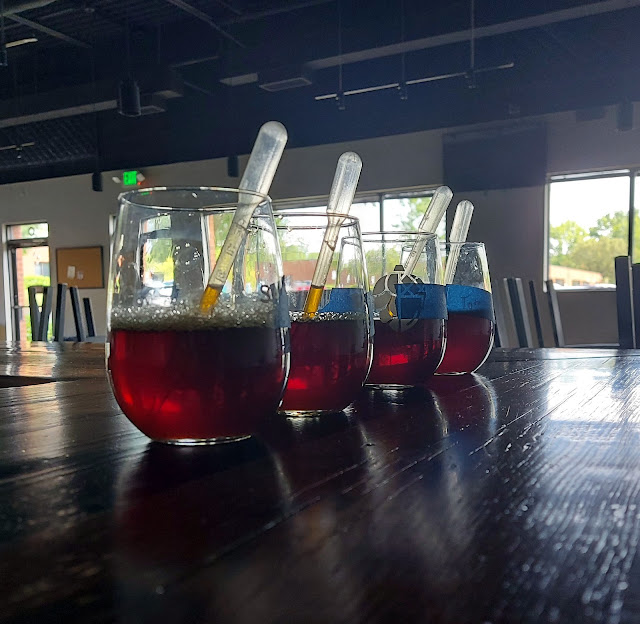
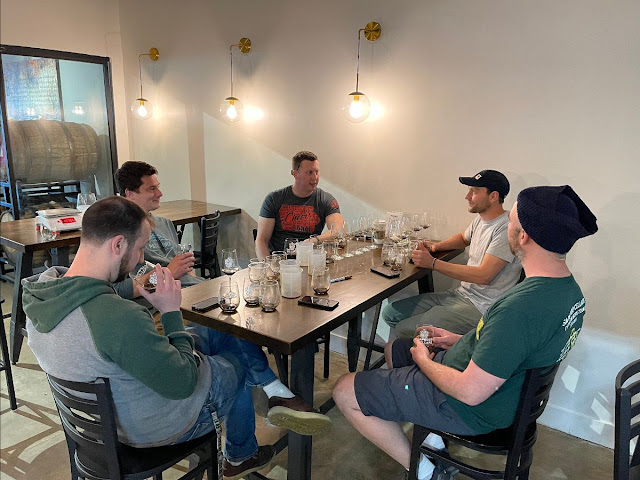
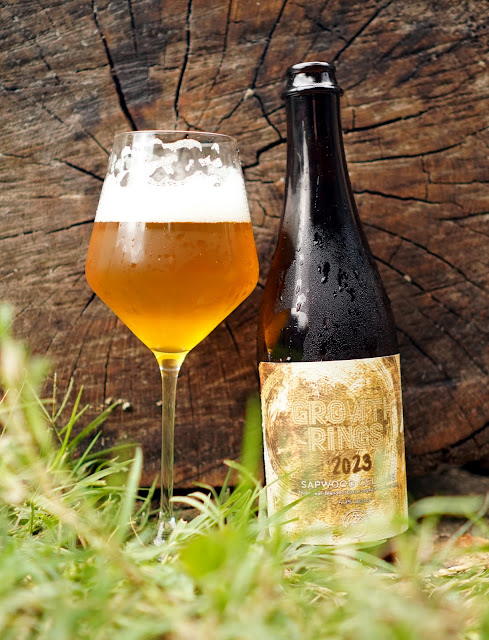
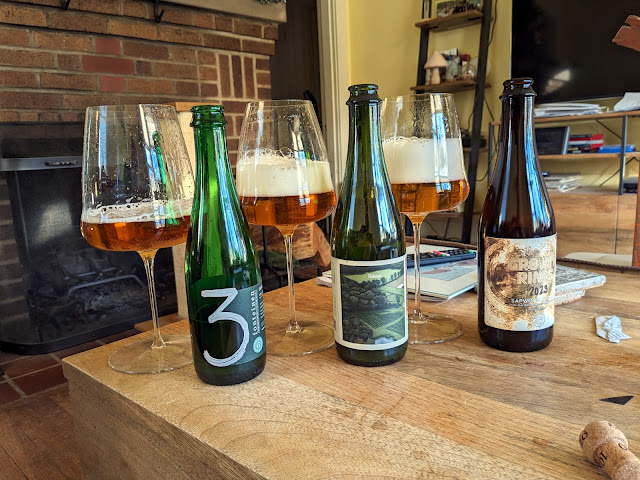
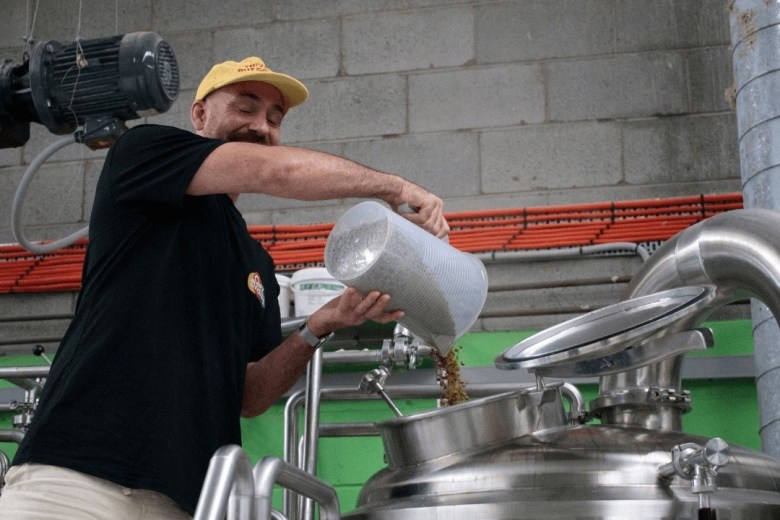 The Australian trivia company is celebrating its 20th anniversary by partnering with craft brewers for a series of uniquely-flavoured beers.
The Australian trivia company is celebrating its 20th anniversary by partnering with craft brewers for a series of uniquely-flavoured beers. 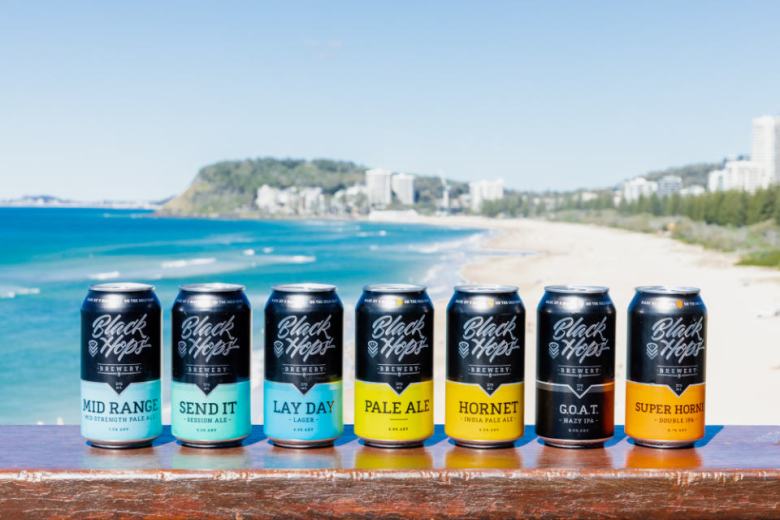 The brewery is pursuing financial restructuring as a result of its current circumstances.
The brewery is pursuing financial restructuring as a result of its current circumstances. 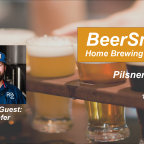
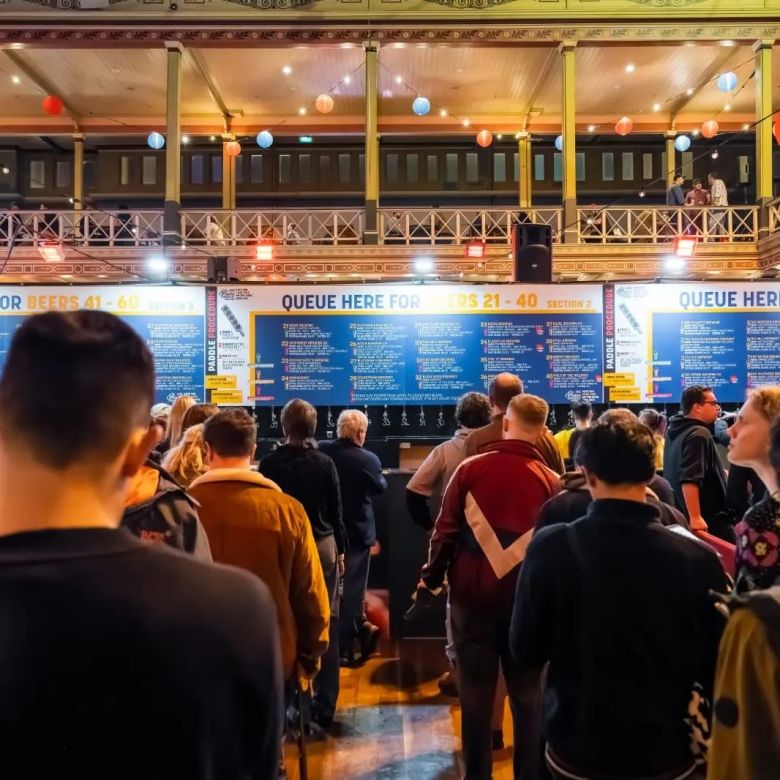 After 12 years at the Royal Exhibition Building in Carlton Gardens, new restrictions has forced the Melbourne arm of GABS to find new digs.
After 12 years at the Royal Exhibition Building in Carlton Gardens, new restrictions has forced the Melbourne arm of GABS to find new digs. 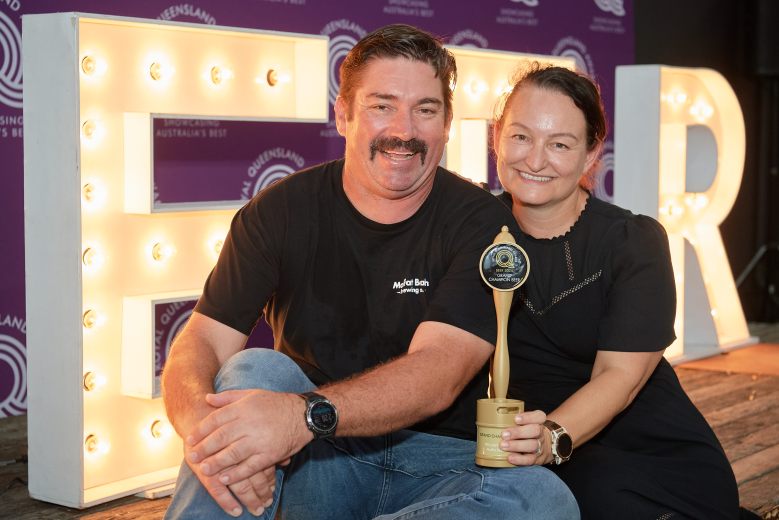 The Sunshine Coast brewery claimed Grand Champion Beer at the RNA Royal Queensland Beer Awards for the third year.
The Sunshine Coast brewery claimed Grand Champion Beer at the RNA Royal Queensland Beer Awards for the third year.